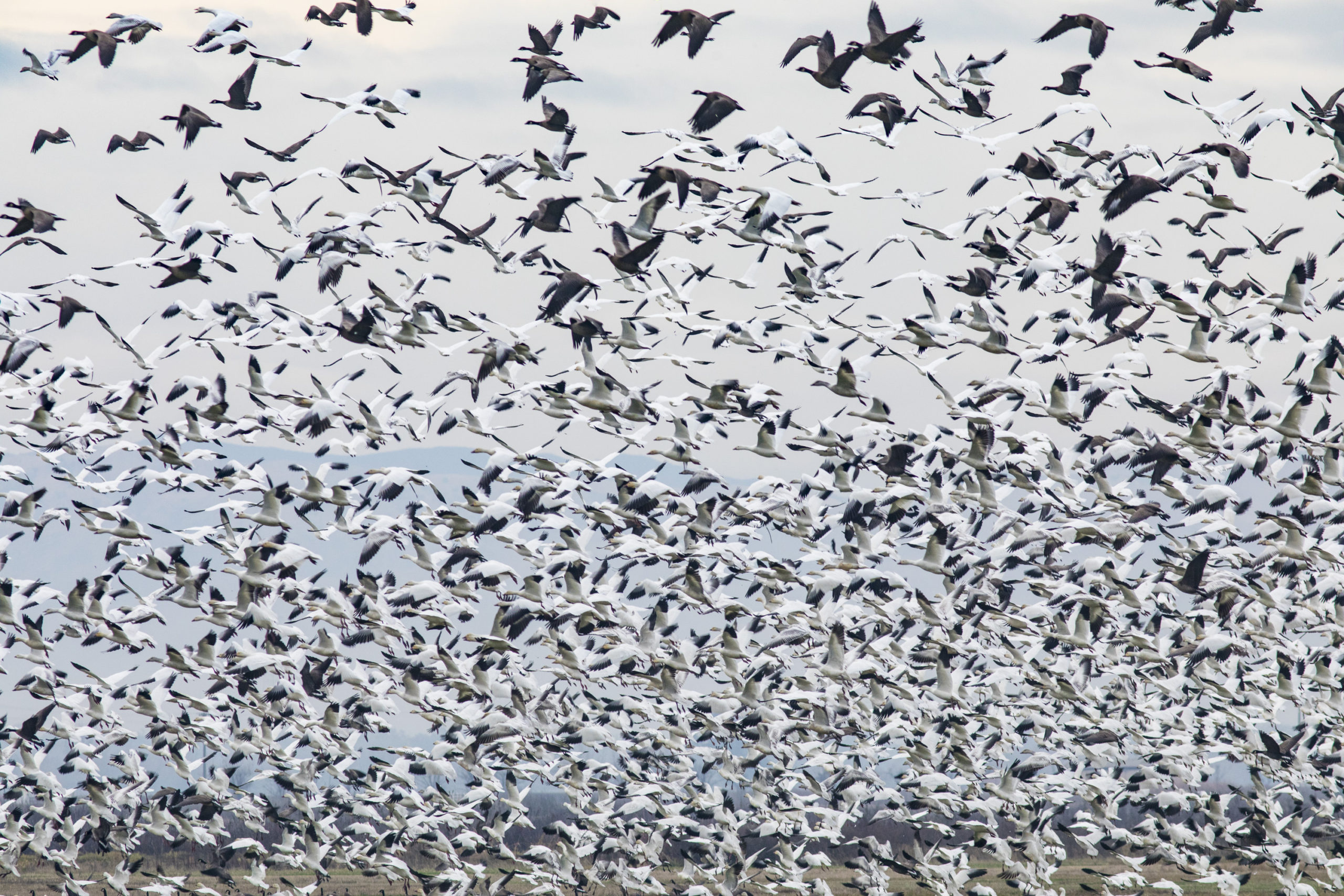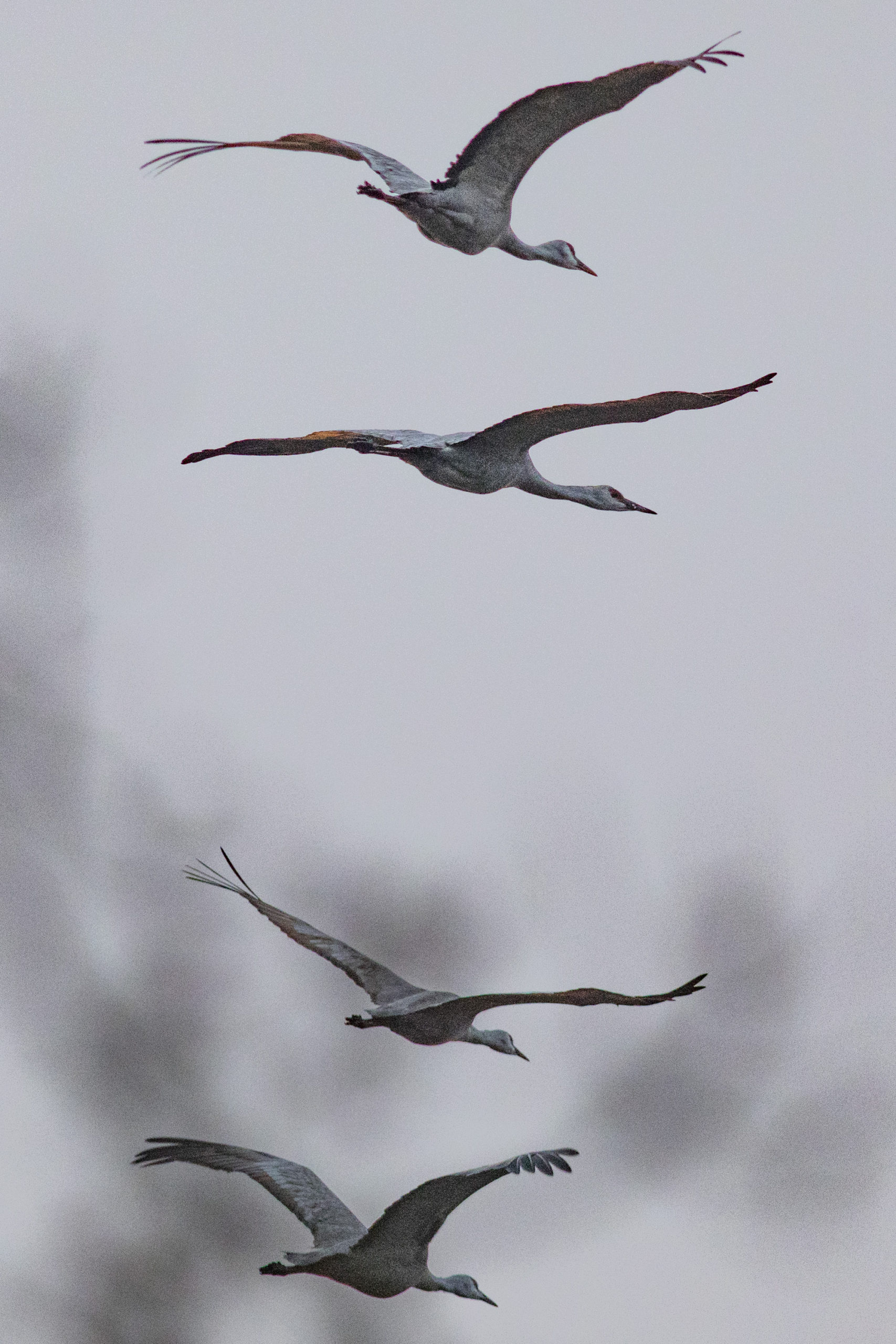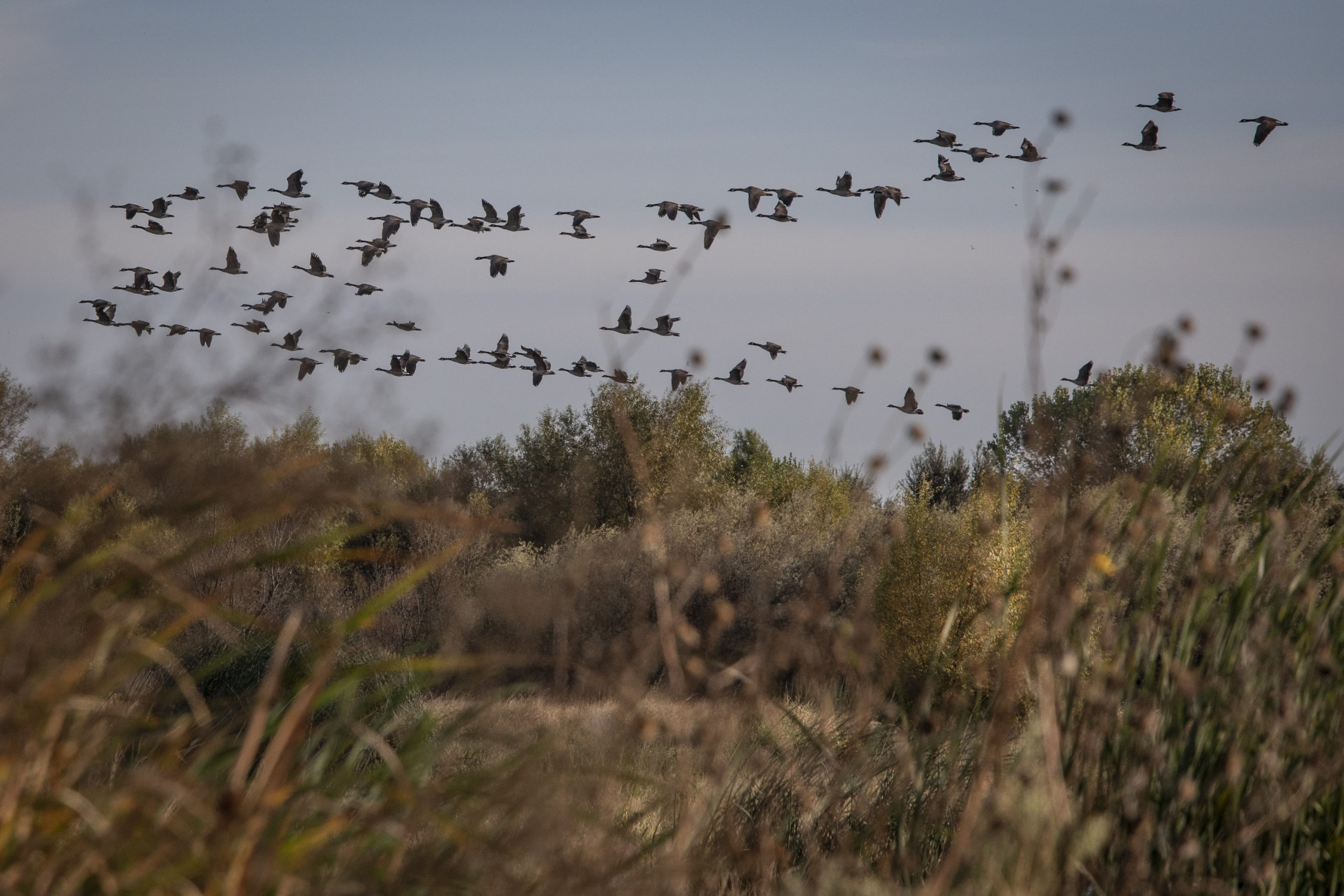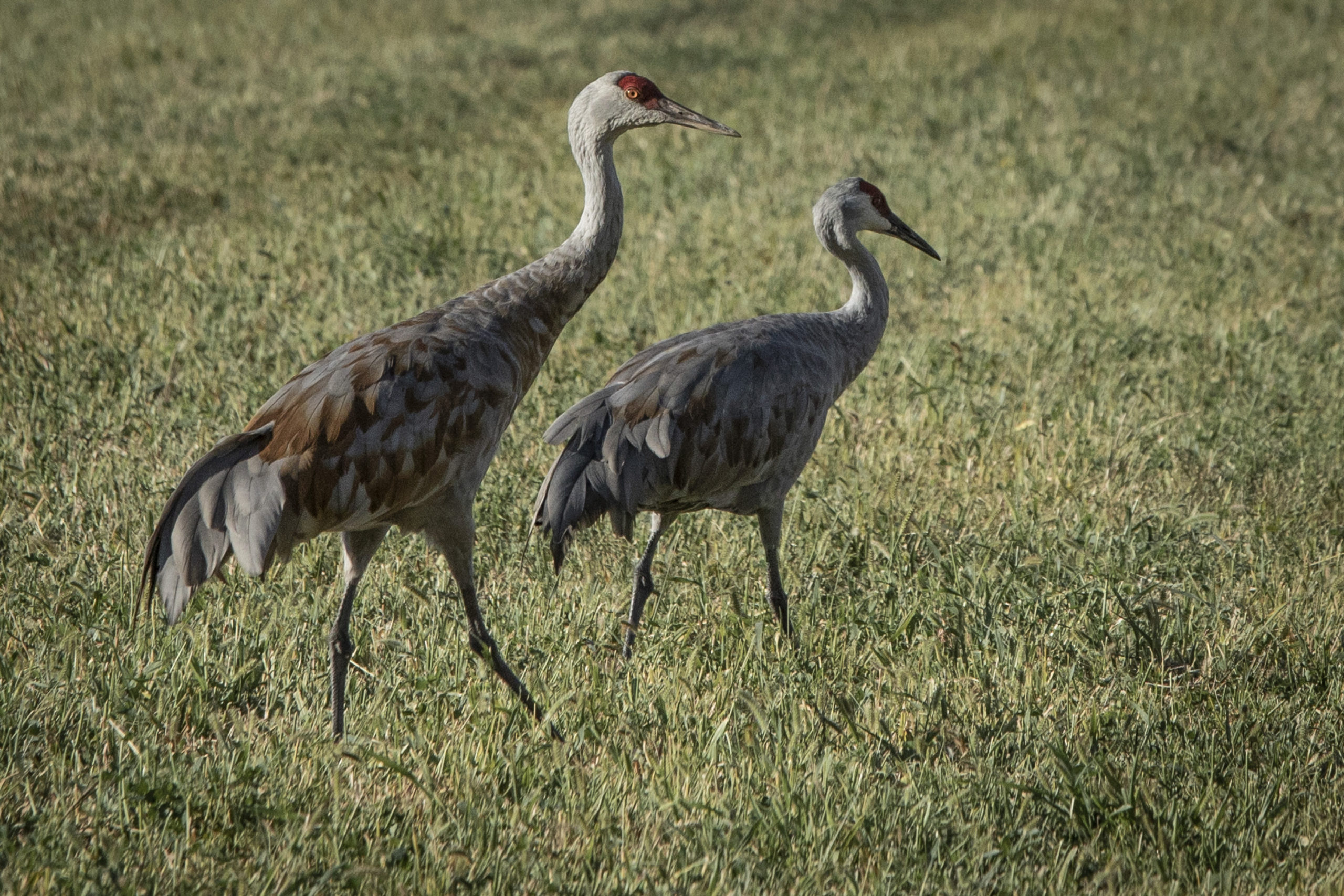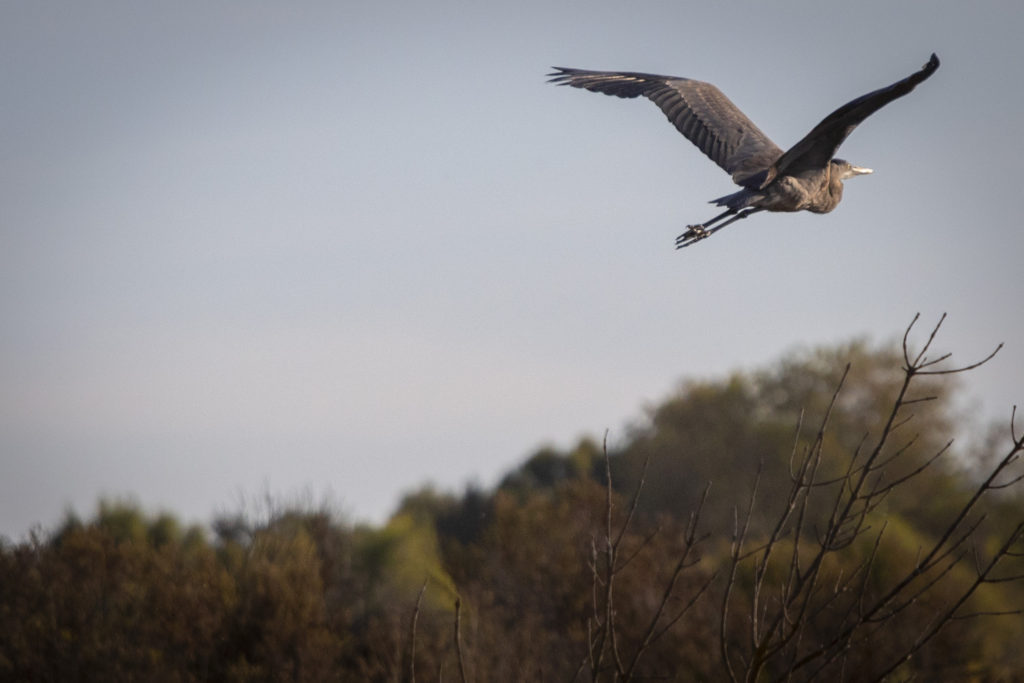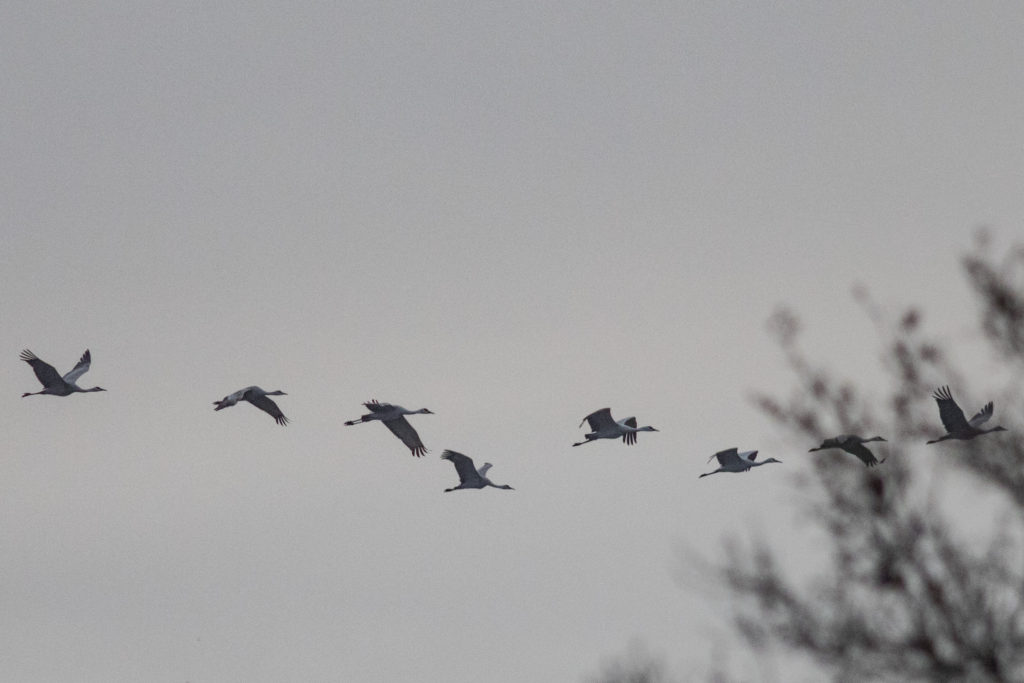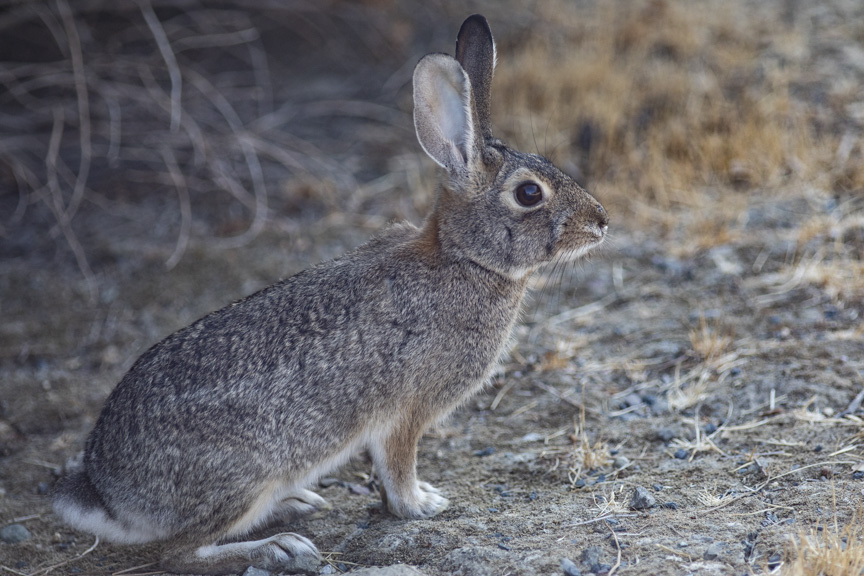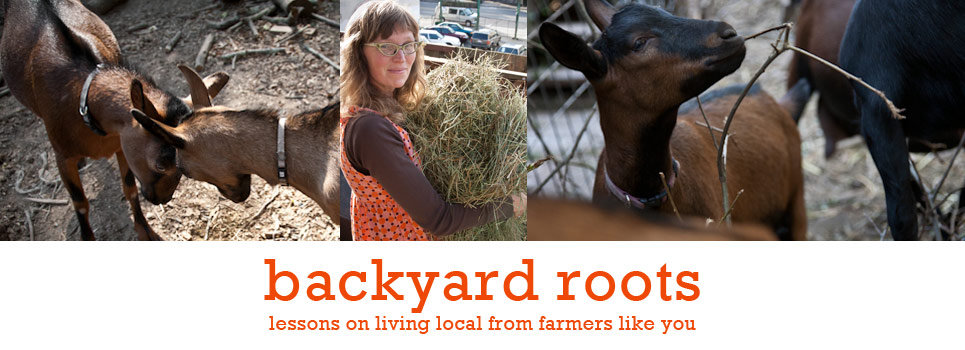4 miles south of San Francisco is a little gem: a protected habitat rich with biodiversity and history and home to a variety of threatened plants and butterflies. It’s not well known except to locals, and it’s a paradise in the spring after the rains when the wildflowers and butterflies are abundant. You won’t run into many people here so it’s a safe option if you need a nature break.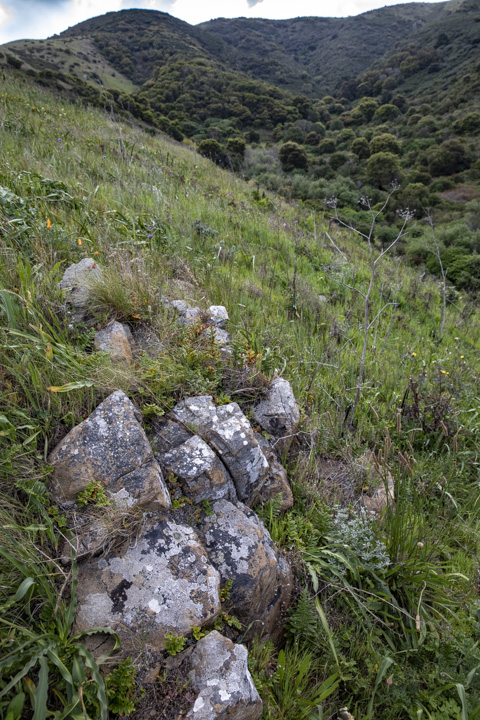
If you start the hike to the left of the sign on the fire road you’ll a go up a steep open grassland that’s covered with native wildflowers in the spring. The Mission Blue, the San Bruno Elfin and the Callipe Silverspot butterflies, all endangered, are found there as well as the threatened Bay Checkerspot butterfly. Native host plants the butterflies need are everywhere including lupines, violets, stonecrops as well as poppies and California endemic central coast iris, and many more.
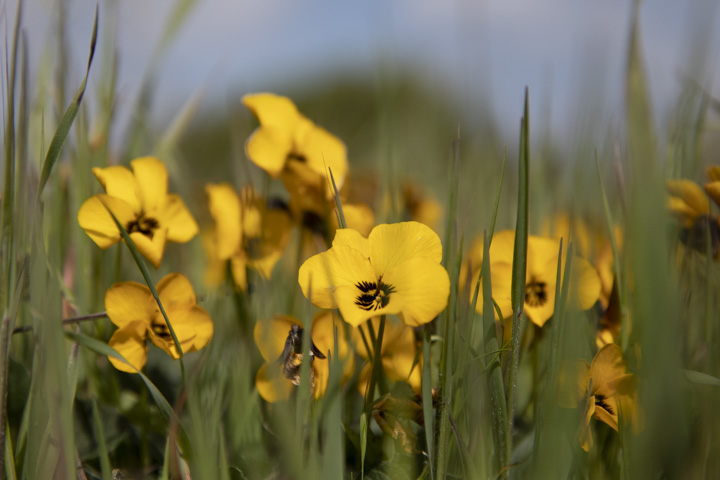
California golden violet (Viola penduculata), host plant for the endangered Callippe Fritillary butterfly
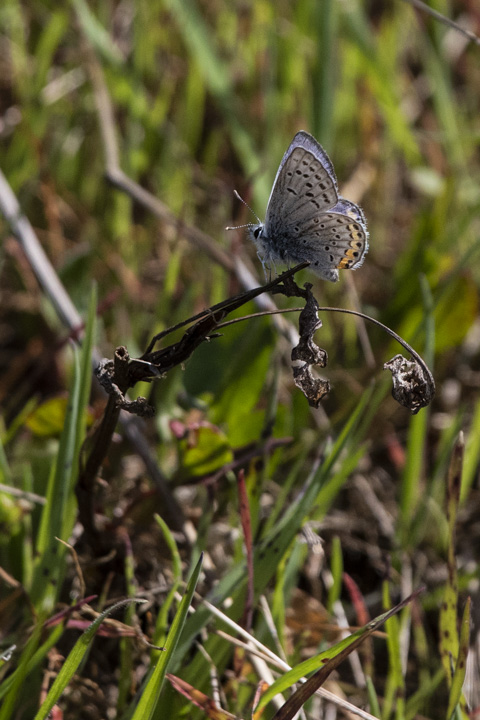
The Acmon Blue butterfly, not endangered but still pretty cute.
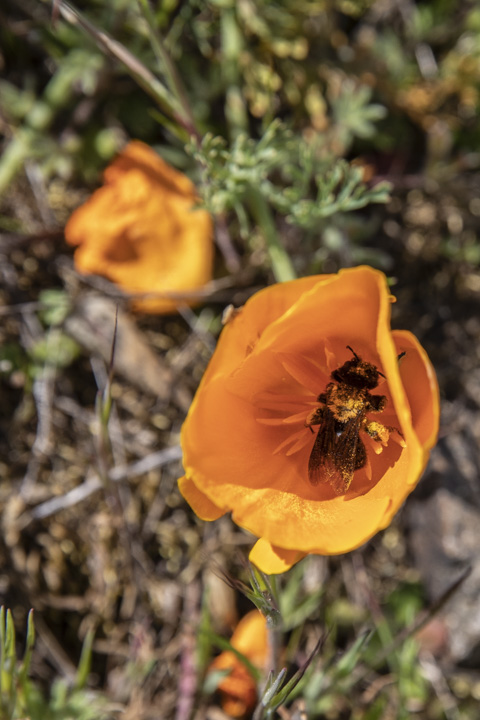
The messiest pollen covered bumble bee ever in a California poppy (Eschscholzia californica)
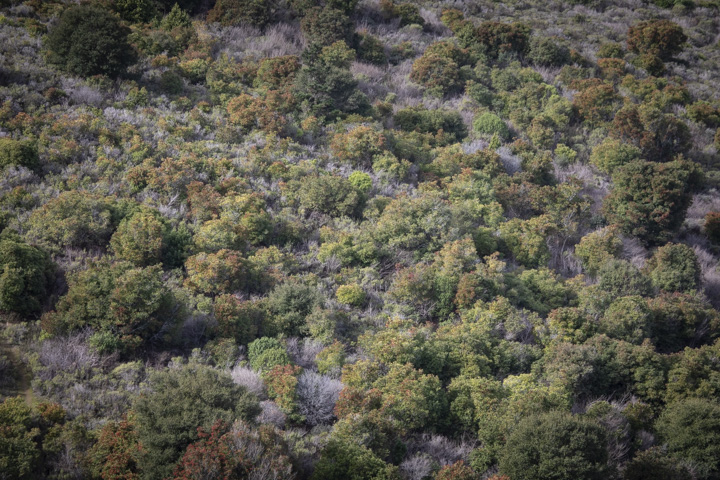
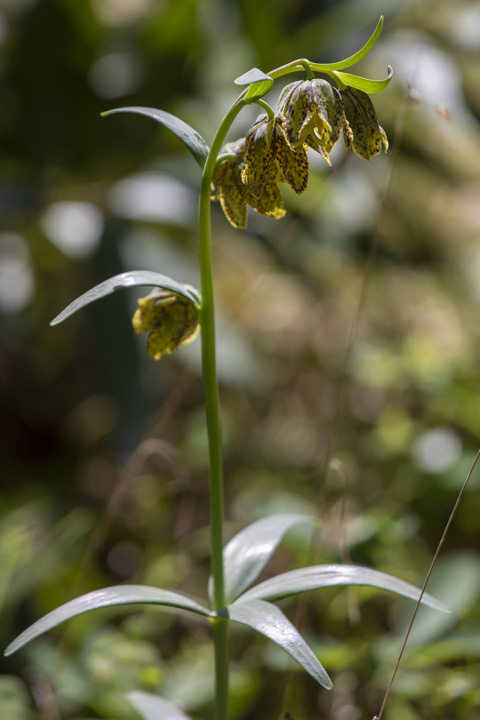
Checker Lily (Fritillaria affinis)
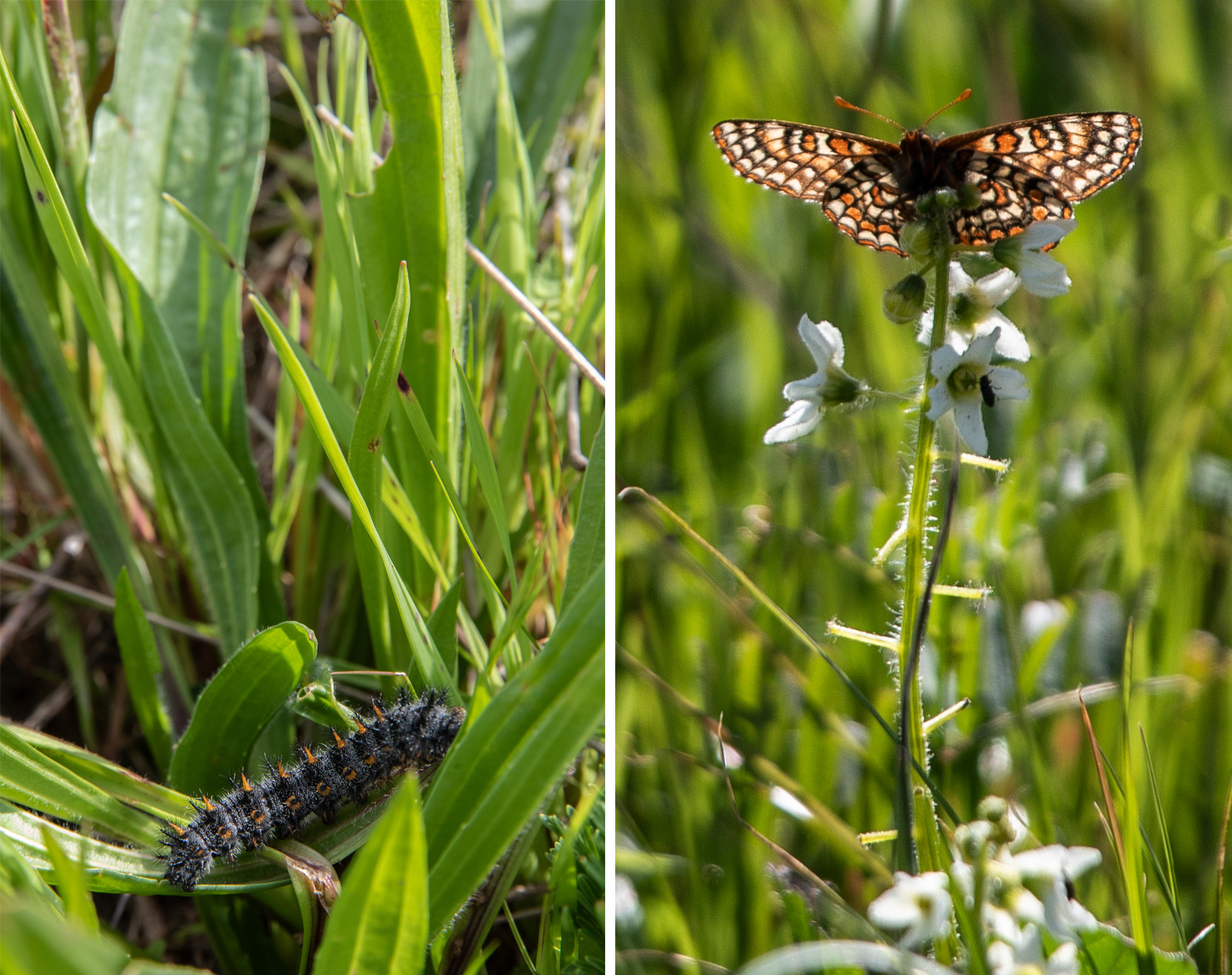
Threatened Bay Checkerspot caterpillar on English plantain (above left) and the adult butterfly (right) on wild cucumber (Marah fabacea)
The Bay Checkerspot used to be found on San Bruno Mountain but was extirpated in the 1980s. In 2017 biologists began reintroducing caterpillars after they were found to be able to adapt to non-native English plantain plants. While hiking in March we saw Bay Checkerspot caterpillars and a butterfly and we even met a woman who was counting them. The butterflies only live about 10 days as adults. Here’s a link to some of the work being done to bring the checkerspot back as well as other restoration work. https://creeksidescience.com/2020/01/
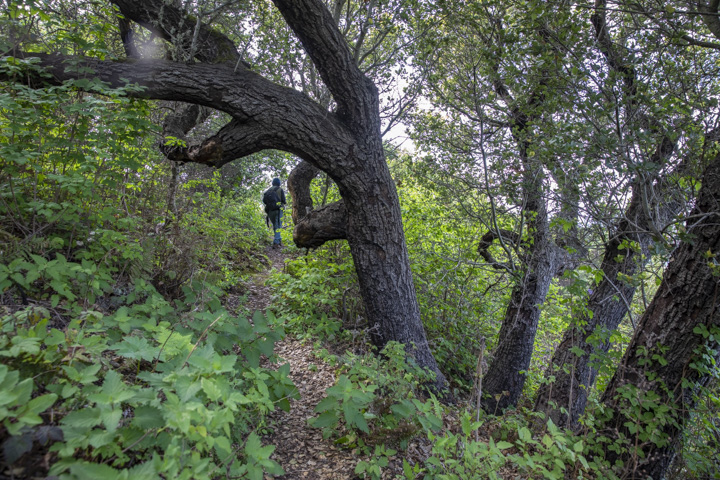 About 2/3 way up the hill we took a narrow trail off to the right that leads into Buckeye Canyon, a woodland thicket of coast live oak, toyon, ceanothus, buckeyes and several endangered manzanitas.
About 2/3 way up the hill we took a narrow trail off to the right that leads into Buckeye Canyon, a woodland thicket of coast live oak, toyon, ceanothus, buckeyes and several endangered manzanitas.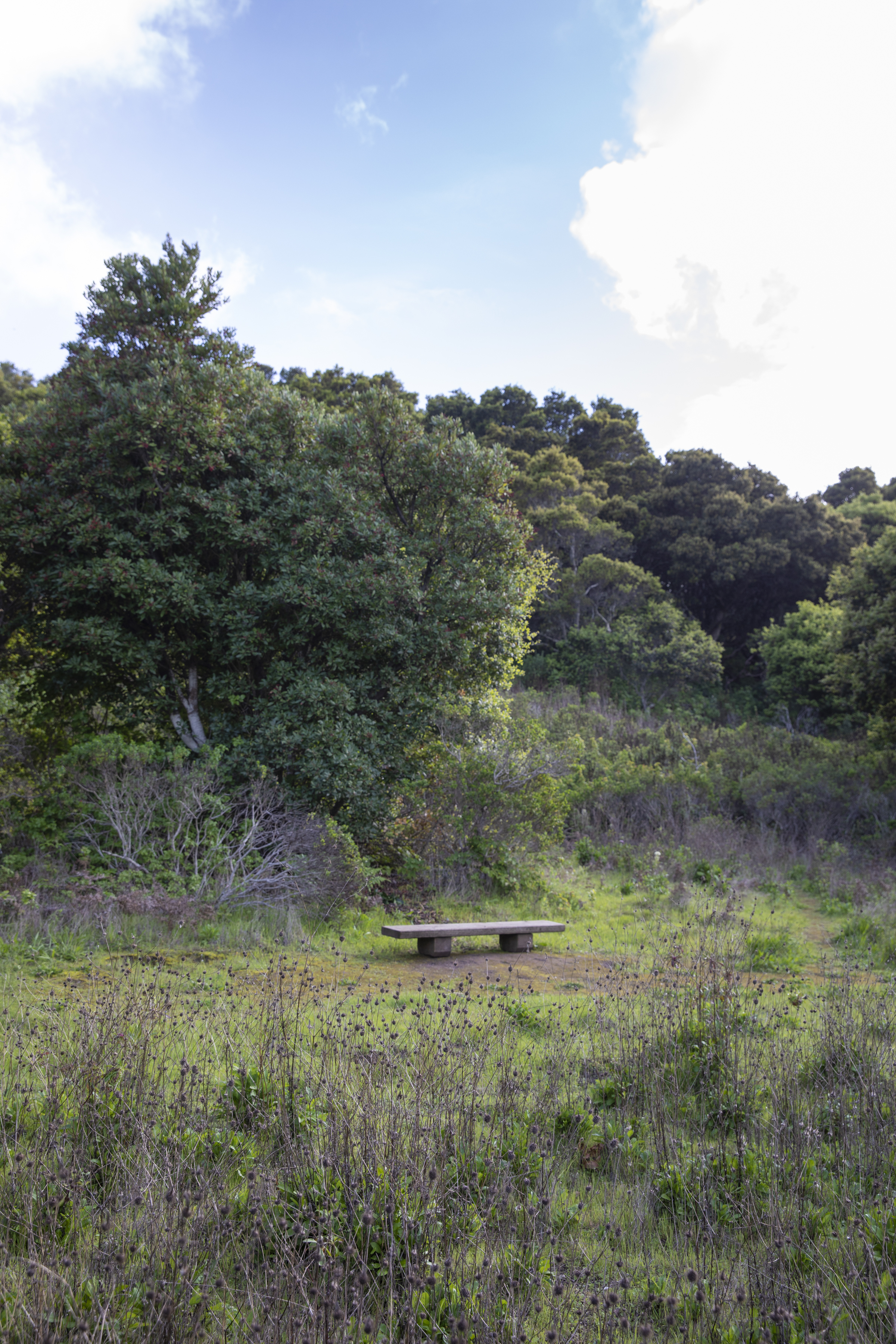
Nearby is the hidden shell mound, an ancient sacred site of the Ohlone people that lived in the area. For thousands of years the Ohlone lived in villages around the eastern base of San Bruno mountain. Back then the bay came up much closer to the base of the mountain and was rich with shellfish, oysters and fish. The people were hunters and gatherers and they left behind their shell mound which is thought to be thousands of years old. The area, sacred to Indigenous people is a clearing with in the oak woodlands and there are still many shell fragments in the dirt.
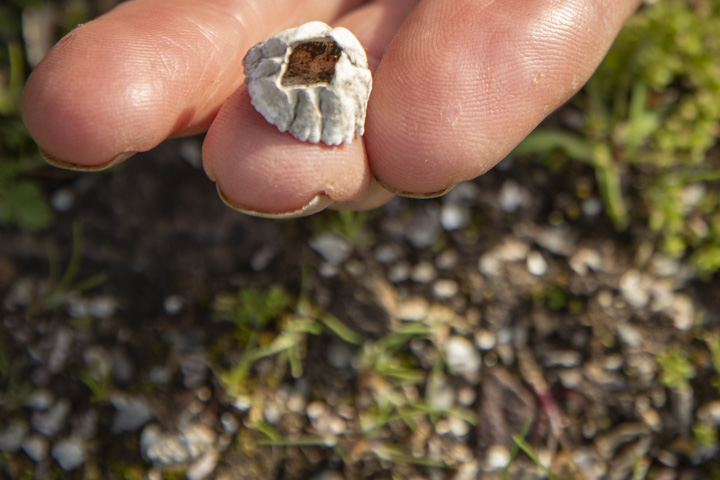
A very old barnacle.
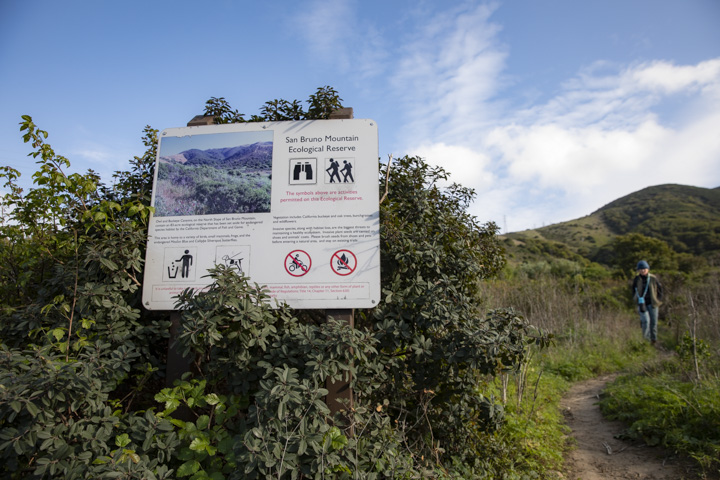 The easiest way to find San Bruno Mountain Ecological Reserve is to google Quarry Road in Brisbane and get directions. It will take you right to the Preserve located just past the intersection of South Hill Rd on Quarry Rd.
The easiest way to find San Bruno Mountain Ecological Reserve is to google Quarry Road in Brisbane and get directions. It will take you right to the Preserve located just past the intersection of South Hill Rd on Quarry Rd.
To find out more about the area and all the work that’s being done to save it check out San Bruno Watch website. The website has loads of info, the history, its plants and wildlife, many of it rare or endangered. They work to conserve the land around San Bruno Mountain, and offer guided hikes and education. They even grow local native plants from the mountain for restoration and for sale.
